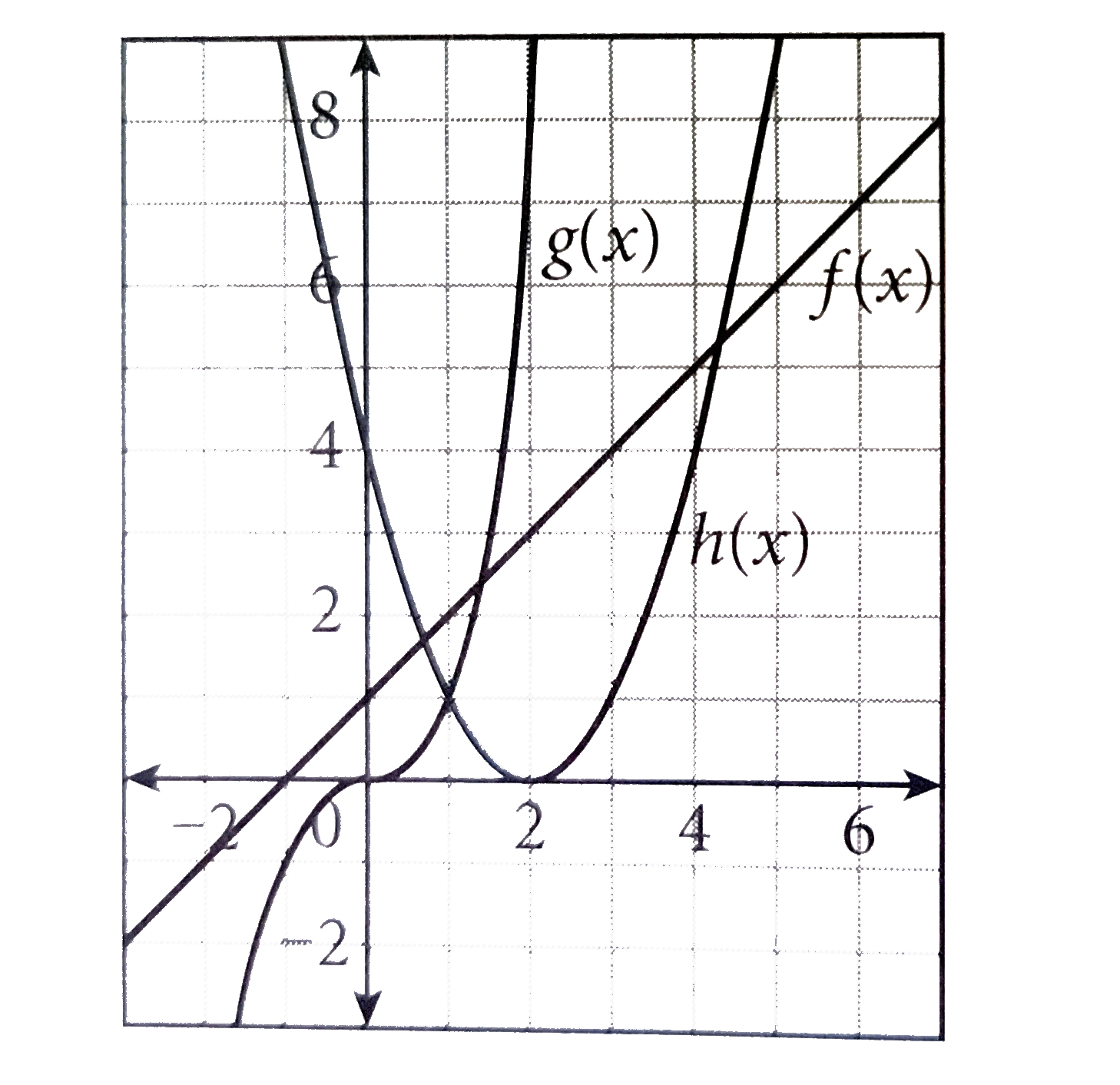A function satisfies g(5)=3 and g(3)=0, and a function h satisfies h(3)=-2 and h(0)=5.What is the value of h(g(3))?
Video Solution
Text Solution
Difficult:Medium
Category: Passport to Advanced Math/ Functions
Strategic Advice: When asked for the value of a composition of functions, start with the innermost set of parentheses and work outward from there.
Getting to the Answer: The innermost set of parenthese dictates that you should find g(3) first, which the question tells you is equal to0. Substitute 0 for g(3) in the requsted expression to get h(0). The question states that h(0)=5, so 5 is your final answer.
|
Updated on:21/07/2023
Related Playlists
Similar Practice Problems
- Question 1 - Select One
A function f satisfies f (2) = 3 and f (3) = 5. A function g satisfies g(3) = 2 and g(5) = 6. What is the value of f(g(3)) ?
A2B3C5D6 - Question 1 - Select One
IF the function g is defined by g(x)=3x+5, what is the value of g(-5)?
A-20B-10C20D60 - Question 1 - Select One
g(x)=2x-1
h(x)=1-g(x)
The functions g and h are defined above. What is the value of h(0) ?A−2B0C1D2 - Question 1 - Select One

In the figure above, what is the value of h(0)−3(g(1)−f(2)) ?A−2B5C10D12 - Question 1 - Select One
If f(x) be a function such that f(−x)=−f(x),g(x) be a function such that g(−x)=−g(x) and h(x) be a function such that h(−x)=h(x), then choose the correct statement:
I. h(f(g(−x)))=−h(f(g(x)))
II. f(g(h(−x)))=f(g(h(x)))
III. g(f(−x))=g(f(x))AOnly IBOnly IICOnly IIIDBoth I and II - Question 1 - Select One

Several values for the functions g (x) and h (x) are shown in the table above. What is the value of g(h(3)) ?A−1B0C3D6 - Question 1 - Select One
h(x)=2x
The function h is defined above. What is h(5) − h( 3) ?A2B4C24D28
Similar Questions
g(x)=2x
h(x)=8x2
if functions g and h are defined in the above equations, what is the value of g(h(3))?View SolutionLet g(x) be a function satisfying g(0) = 2, g(1) = 3, g(x+2) = 2g(x+1), then find g(5).
View SolutionThe function f(x)=x+1x3+1 can be written as the sum of an even function g(x) and an odd function h(x) . Then the value of |g(0)| is___________
View Solution

